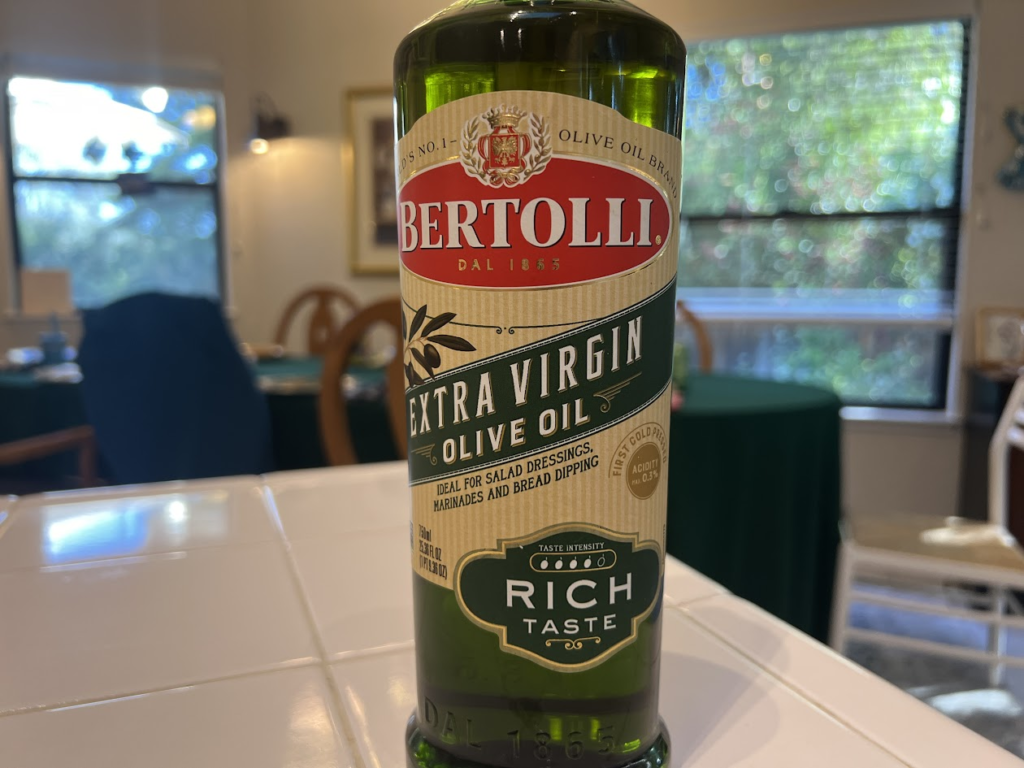Beef tallow, a rendered form of beef fat, has been used for centuries in various cuisines around the world. Praised for its robust flavor, high heat tolerance, and versatility, tallow is particularly well-suited to frying and roasting. One key reason for its popularity is its relatively high smoke point, which can make a critical difference when choosing the right cooking fat for high-heat applications.
Understanding Smoke Points
The smoke point of a fat or oil is the temperature at which it begins to smoke continuously and degrade. When a cooking fat is heated beyond its smoke point:
- The flavor becomes unpleasant (often described as “burnt” or “bitter”).
- Potentially harmful compounds can form.
- Nutritional quality diminishes.
Generally, fats with higher smoke points are preferred for high-heat cooking methods like frying, searing, and stir-frying, while fats with lower smoke points are better for low- to medium-heat cooking and cold applications (like salad dressings).
Beef Tallow’s Smoke Point
The smoke point of beef tallow is typically around 400°F (204°C). Some sources place it slightly lower or higher (375–420°F) depending on factors such as:
- The quality of the source fat.
- The rendering method (how the tallow was processed).
- How refined (or filtered) the tallow is.
A well-rendered and purified beef tallow tends to have a higher smoke point. Its relatively stable composition and high saturated fat content help it stand up to heat better than many other fats.

Why Beef Tallow Stands Out
- Rich Flavor: Beef tallow imparts a subtle, savory taste to foods—especially suited for roasting vegetables or frying potatoes (think of old-fashioned, delicious French fries).
- Nutrient Composition: Tallow contains fat-soluble vitamins and a balance of saturated and monounsaturated fats that can be part of a healthy diet (in moderation).
- High Heat Stability: The high saturation level in beef tallow means it doesn’t oxidize as quickly as some other, more delicate fats.
Comparing Smoke Points of Common and Less Common Cooking Fats
Below is a table comparing the approximate smoke points of a variety of popular and less popular cooking fats. Please note that the exact smoke point can vary based on brand, level of refinement, and specific production methods.

| Cooking Fat | Approximate Smoke Point (°F) | Approximate Smoke Point (°C) |
|---|---|---|
| Beef Tallow | 400°F | 204°C |
| Ghee (Clarified Butter) | 450°F | 232°C |
| Butter (Unsalted) | 350°F | 177°C |
| Olive Oil (Extra Virgin) | 375°F | 190°C |
| Olive Oil (Light/Refined) | 465°F | 240°C |
| Canola Oil (Refined) | 400°F | 204°C |
| Avocado Oil (Refined) | 520°F | 271°C |
| Safflower Oil (Refined) | 510°F | 266°C |
| Coconut Oil (Unrefined) | 350°F | 177°C |
| Coconut Oil (Refined) | 450°F | 232°C |
| Peanut Oil (Refined) | 450°F | 232°C |
| Grapeseed Oil | 420°F | 216°C |

